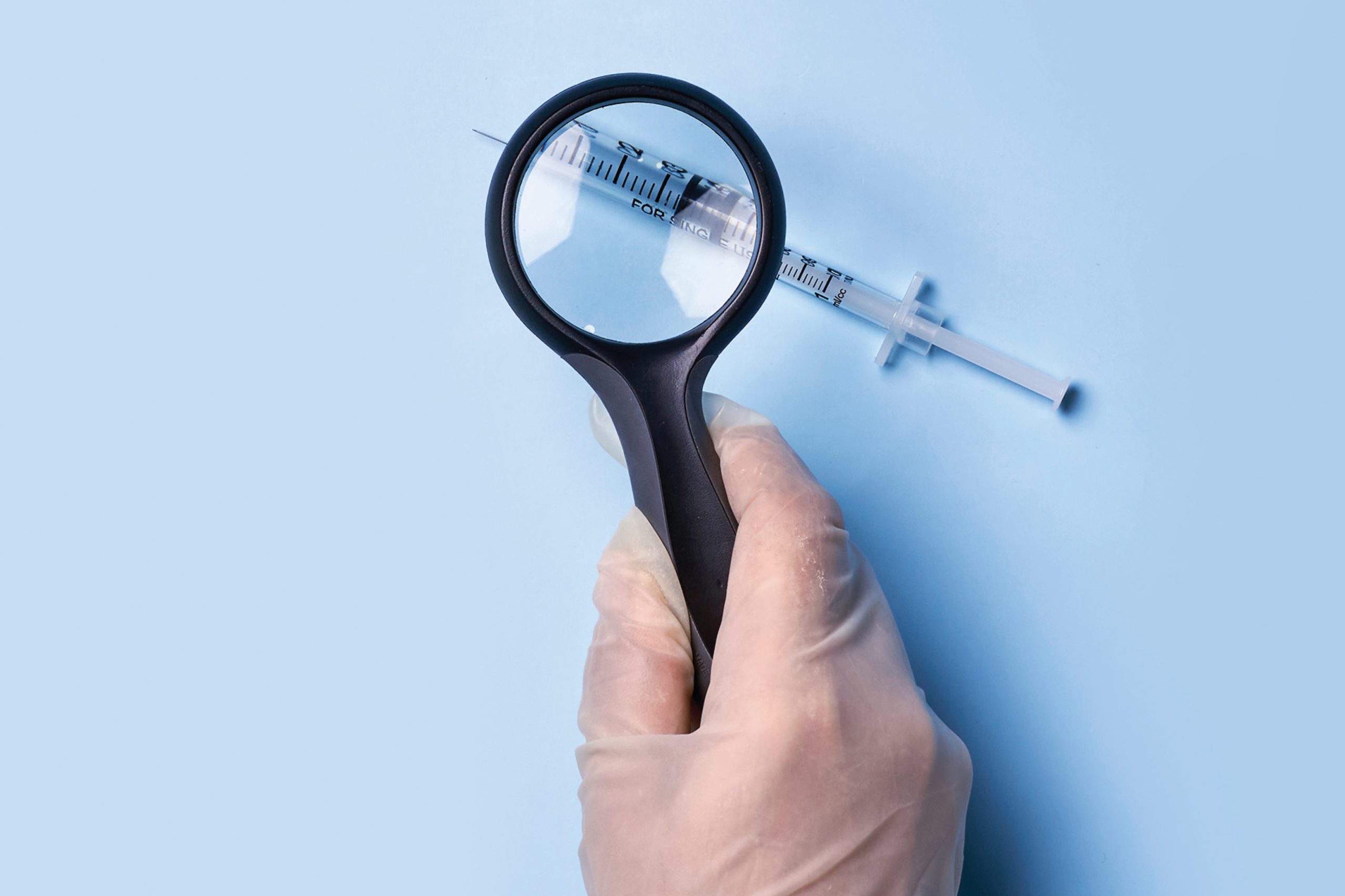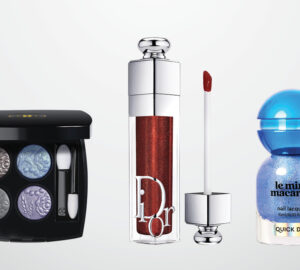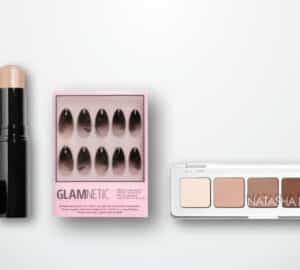Beauty follows trends, and that includes what is popular in invasive and noninvasive cosmetic treatments. In recent years, there has been a surge in popularity of injectables, such as soft tissue fillers and neuromodulators, across all age demographics. However, 2024 has seen a reevaluation of these treatments—from celebrities openly dissolving dermal filler to online horror stories about injections gone wrong. We’re looking at why more people are opting to put down the needle.
soft tissue filler
Injectable fillers are the second most common form of noninvasive cosmetic treatment. They are used to treat fine lines and add volume, including plumping the lips. According to a 2023 National Center for Biotechnology Information survey, 20.1% of respondents age 18 to 29, 38.4% of respondents age 30 to 39 and 45.2% of respondents age 40 to 49 used fillers. Last year, there were 5,967,513 filler procedures, according to the American Society of Plastic Surgeons. The vast majority of those were hyaluronic acid.
The continued use of filler can have side effects, especially when overdone or poorly placed. Facial muscles can be hindered and lymphatic channels can become swollen. Lymph vessels carry waste products, germs and damaged cells away from the body’s tissues, and muscle contractions keep them flowing. When they’re blocked, it can lead to a puffy appearance. Filler also integrates with body tissue overtime, which is not a concern in small quantities. However, repeated injections can stretch soft tissues and lead to a bulky or distended appearance in areas like the mouth.
When improperly injected, fillers also can migrate, meaning they end up moving from the intended injection site. It is commonly seen around the lips where volume moves from the red body to the surrounding area, creating an uneven lip line or a bumpy appearance. Filler can migrate elsewhere in the face as well, but it is typically less visually obvious. Migration is most commonly caused by overfilling or injection at the wrong depth. If filler is injected in an area of high muscle activity, repeated movement causes it to migrate to the surface of the skin.
Another major concern to emerge with fillers is whether they actually dissolve on their own. In the case of hyaluronic acid fillers, they do eventually do so. Hyaluronic acid occurs naturally in the body, and a class of enzymes known as hyaluronidase breaks it down. However, the process can take years, and even then, there will be residual filler left behind. There also has not been much formal research into how filler breaks down or changes over time. A medical professional can use an injection of synthetic hyaluronidase to dissolve hyaluronic acid fillers. Other types of fillers can not be dissolved by hyaluronidase, although they do break down on their own to an extent.
When it comes to dermal fillers, most concerns can be addressed by working with the right provider. Do your homework and pick a qualified professional. It’s also important not to feel pressured to get overfilled, either with several injections in one appointment or with getting touch-ups done too often. Most experts will tell you that less is more when creating results that enhance your appearance and work with your features.
preventative botox
Botox is the most popular noninvasive cosmetic procedure in the U.S. According to the American Society of Plastic Surgeons, there were more than 8,911,511 neuromodulator injections performed in 2023—a 73% increase from 2019. It is a very common injectable option to treat dynamic wrinkles, those formed by repeated facial movements. It uses various forms of botulinum toxin to temporarily paralyze or relax muscle activity. It also can smooth out existing wrinkles. While it remains most popular among 30- to 50-year-olds, there has been some change in demographics for the procedure in recent years.
Since 2010, Botox injections have increased 28% for patients between the ages of 20 to 29, according to the American Society of Plastic Surgeons. Experts speculate that this increase may have been for a variety of reasons, including the rise of social media and the transition to remote work that came with the pandemic—both of which have created a tendency for young adults to hyperfocus on their appearance. For younger patients, the idea is to use neuromodulators as a preventative treatment—if you paralyze facial muscles before wrinkles are evident, then they will not have the chance to form. This is often known as ‘preventive Botox’ or ‘baby Botox.’
While preventive Botox has risen in popularity, its actual effectiveness is unknown. While the procedure does make sense in theory, there is no concrete evidence to support it. Botox also is temporary. It will only paralyze your facial muscles for a period of around three to six months. Afterwards, your face will go back to normal. Preventative Botox often uses lower doses so patients don’t have to worry about their facial expressions appearing frozen, so the efficacy may be for a shorter period. While some experts believe that repeated injections can train your facial muscles to react less, that also is currently a theory that requires further research.
Preventive Botox’s possible ineffectiveness is not the only potential downside. It also may prematurely age patients who receive the treatment too often. As we age, our facial muscles naturally weaken over time, and repeated injections in the same area of the face can have a similar impact. Experts also note that regular use of neuromodulator injections can change how facial expressions are made. If certain muscles are regularly paralyzed, your face may recruit different muscle groups to make expressions, developing wrinkles in other parts of the face and creating new problem areas.
To avoid premature aging, consult with a trusted provider who can ensure the treatment can be tailored to your individual needs. Remember to approach Botox and other procedures conservatively. Most negative side effects occur from overuse. When used correctly, it is an effective way to reduce the appearance of fine lines.
Sources: Cleveland Clinic, American Society of Plastic Surgery, Allure








